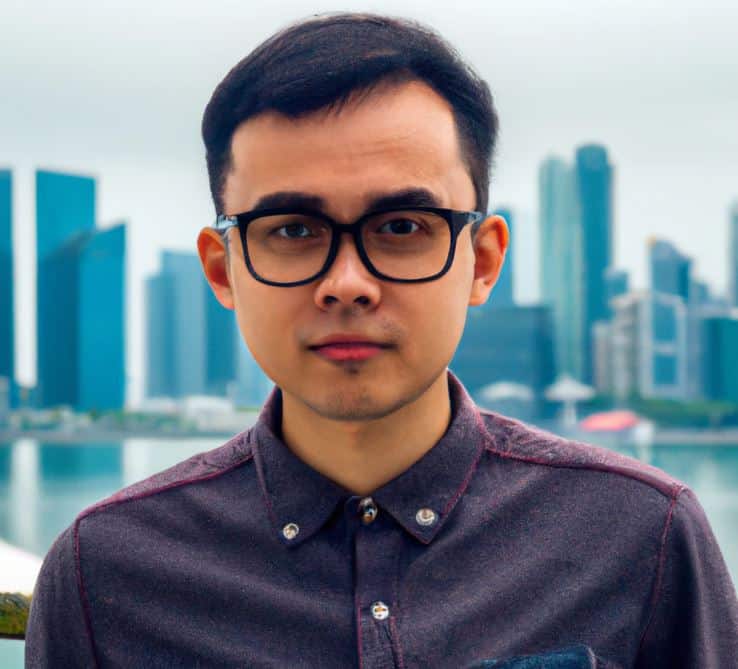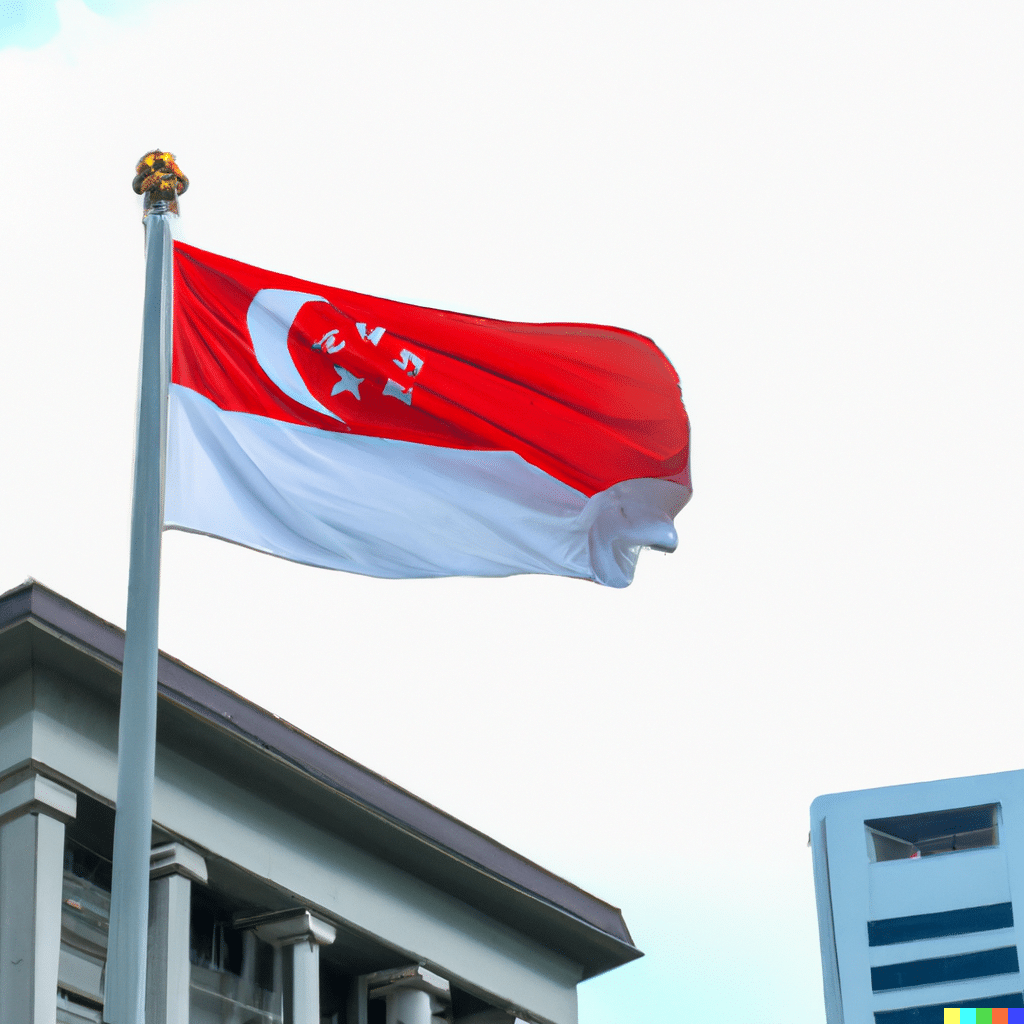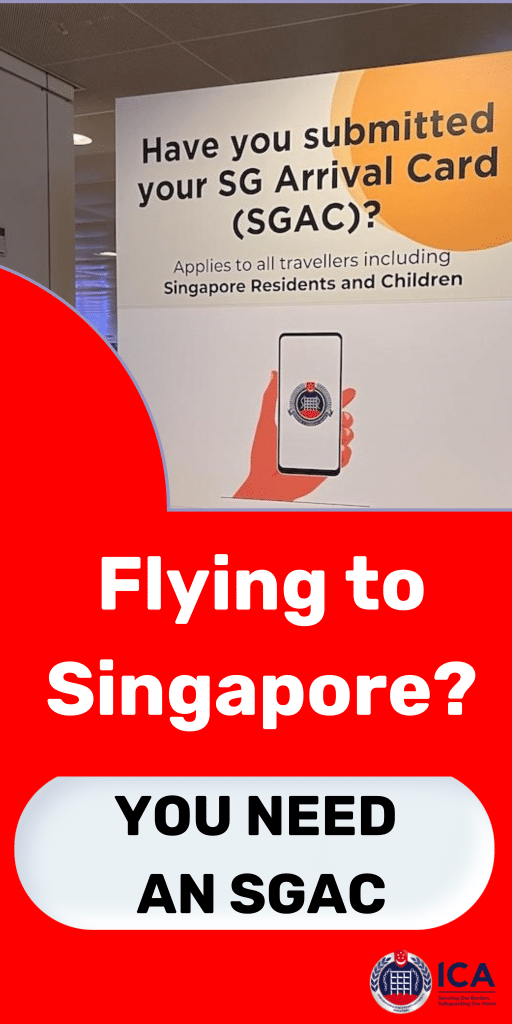Singapore’s politics reflect its overarching values of stability, progress, and national security within an orderly society. The ruling People’s Action Party has swept every election since 1959 based on delivering economic growth and public trust. However, Singapore’s political system continues gradually evolving in response to citizens’ evolving expectations.
This article will provide an overview of key aspects of Singaporean politics – its parliamentary democracy framework, PAP dominance, opposition parties, electoral system, political culture, and both change and continuity amidst an expanding electorate. Grasping the nuances provides perspective on the resilience and adaptability of Singapore’s democracy.
Parliamentary System
Singapore adopted the Westminster parliamentary model at independence:
- Legislature: Parliament is the legislative body passing laws. Unicameral with 93 elected seats.
- Executive: Cabinet is the main executive decision-making body, headed by the Prime Minister. Formed by the majority party.
- President: Largely ceremonial head of state role. Elected for 6 year terms and is Head of the Armed Forces. Acts on Cabinet’s advice.
- Judiciary: An independent court system with the Supreme Court the highest judicial body. Interprets and applies the laws.
This framework provides checks and balances between branches and stability through orderly transfers of power.
PAP Dominance and Authoritarian Beginnings
- PAP has won every election since 1959 under Lee Kuan Yew.
- By 1968, PAP held all seats after opposition boycotted parliament.
- Under Lee, PAP aggressively promoted economic growth, public housing, education.
- But also consolidated power by curbing media, unions, opposition parties through detention without trial.
- Justified as ensuring stability and prosperity took precedence.
The PAP’s early dominance arose from Lee Kuan Yew’s charisma and delivering concrete results. But also relied on suppressing political challengers. Critics decried the system as authoritarian “guided democracy”.
Shift Towards Openness
- Under PM Goh Chok Tong starting 1990, PAP adopted more open, consultative approach.
- Opposition leaders released from detention. Defamation suits used less to silence critics.
- Government focused on engaging citizens through feedback channels.
- Symbolic changes like allowing sale of chewing gum again.
- However, media and assembly still regulated in name of racial/religious harmony.
Pragmatic leaders initiated calibrated liberalization to echo public desire for more pluralistic politics as education levels and exposure to the world increased.
PAP’s Enduring Success Formula
Several factors underpin continued PAP success:
- Effective branding as only credible stewards of the economy.
- Strong party discipline and cohesion behind leaders’ vision.
- Cultivating strong local community networks.
- Promising pragmatism rather than ideology when crafting policies.
- Willingness to renew leadership ranks over time.
- Counteracting opposition influence by absorbing credible alternative candidates.
The PAP has endured by balanced adaptation while retaining public confidence in its leadership credentials.
Rise of the Opposition
- Opposition parties like the Workers’ Party have gained ground since 2000s.
- In 2011, opposition won unprecedented 6 seats in parliament through a local “group representation constituency.”
- Opposition provides checks and balances, raises alternative perspectives.
- But opposition hampered by lack of resources and PAP’s dominance.
- Government has introduced measures like “Non-constituency” and “Nominated” parliamentary seats to ensure opposition voices.
While still dwarfed by the PAP, the opposition plays a growing role representing an important political spectrum.
Singapore’s Electoral System
Key features include:
- Parliamentary seats through electoral divisions and at-large Group Representation Constituencies (GRCs).
- GRCs use a proportional representation system.
- Maximum 6 candidates per GRC, at least 1 minority candidate required. Aim to ensure multi-racial makeup of candidates.
- Parliamentary Boundaries Review Committee recommends boundaries before each election.
- Parliament automatically dissolved every 5 years and elections held.
- Voting compulsory for citizens 21 and above or face fines. Provides high turnout.
Revisions over time now ensure the system balances representation for minorities and allows proportional results rather than perpetuating winner-takes-all outcomes.
Political Culture and Citizen Participation
- Emphasis on pragmatism, efficiency, technocracy over populism in policymaking. Leaders valued for expertise.
- Moderate political culture leans risk-averse. Gradual change preferred to radical shifts by majority.
- Grassroots engagement via citizens’ consultative committees, policy feedback sessions.
- But Singaporeans seen as comparatively passive in political participation outside of elections.
- Younger generation now better educated, more exposed to diverse political models and active online. Pushing evolution.
While civil society remains muted compared to other democracies, Singaporeans increasingly voice views and work within system parameters to catalyze change.
Continuity and Measured Change
- The PAP remains firmly entrenched in power after 6 decades through delivering economic security and stability.
- But leaders balance continuity of governance philosophy with incremental openness.
- Main priorities like multiracial harmony, security, and education persist but policies adapt progressively.
- Key is maintaining public confidence leaders will uphold national interests above partisan agendas.
- Policies evolve based on data and public sentiment rather than ideology.
The government’s nuanced fusion of steadfastness in safeguarding fundamentals yet flexibility to shift gives the system great resilience.
Conclusion
Singapore’s politics reflect a complex evolution balancing robust leadership continuity, tight social cohesion, economic priorities and calibrated moves towards greater pluralism. The country has developed a model sustaining both growth and adaptation.
Significant challenges remain regarding increasing checks and balances while avoiding destabilizing gridlock. But the system’s pragmatism provides hope that progress will continue in step with public expectations. Singapore must sustain a developmental momentum that does not leave segments of society behind as the nation advances.

Goh Jun Cheng is the chief staff writer for SingaporeAirport.com. Jun Cheng graduated with a degree in journalism from Nanyang Technological University in Singapore.
He has over 5 years of experience writing about aviation, tourism, and lifestyle topics relevant to locals and visitors in Singapore. His articles provide insights into the rich culture, cuisine, and attractions of Singapore. Jun Cheng is an avid traveler who has visited over 15 countries.
When he is not writing or traveling, he enjoys photography, trying new foods, and hiking. As a longtime Singapore resident, Jun Cheng is passionate about sharing hidden gems and perspectives about his home country.




